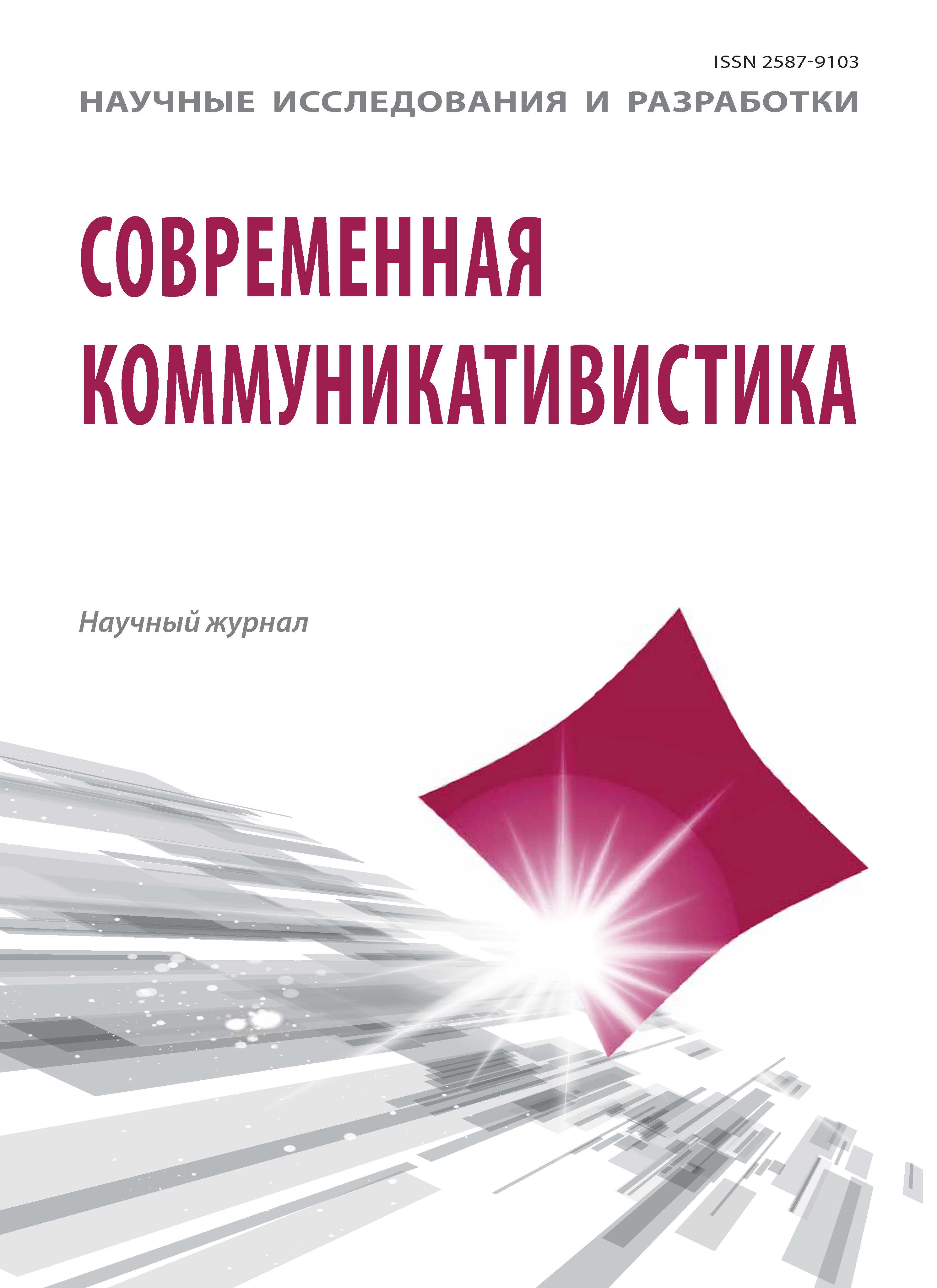from 01.01.2016 until now
Moscow, Moscow, Russian Federation
The article deals with theoretical and practical issues of the method of interpretive linguistic semiotic analysis of advertising discourse as well as the communication strategies used by the advertiser. The authors focus on the polysemiotic advertising message, which is viewed as an act of specific communication. The authors distinguish two basic functions of advertising discourse - information and influence in order to induce the purchase of a product or service. The article makes an assumption about the existence of a special advertising reality - a secondary reality, which is modeled by the addressee of the advertising message and, using a complex of verbal and non-verbal means, describes the actual reality in special way. The choice of these means is carried out in order to maximize the impact on the recipient, to attract his attention, to achieve the final advertising effect - to induce the recipient to purchase the advertised product or service.
advertising discourse; linguosemiotical approach; advertising message; communication; interpretation
1. Elina E.A. Semiotika reklamy [Semiotics of advertising]. Moscow, Dashkov i Ko Publ., 2009. 136 p.
2. Karasik V.I. Lingvosemioticheskoe modelirovanie tsennostey [Linguosemiotic modelling of values]. Politicheskaja lingvistika [Political linguistics]. 2012, I. 1, pp. 1-8.
3. Morozova I.G. Reklamnyj stalker. Teorija i praktika strukturnogo analiza reklamnogo prostranstva [Advertising stalker. Theory and practice of structural analysis of advertising space]. Moscow, Gella-print Publ., 2002. 272 p.
4. Rikjor P. Konflikt interpretacij. Ocherki po germenevtike [Conflict of interpretations. Essays on hermeneutics]. Moscow, Medium Publ., 1995. 695 p.
5. Jakobson R.O. V poiskah sushhnosti jazyka. In Semiotika [In search of the essence of language. Semiotics]. Moscow, Raduga Publ., 1983, pp. 102-117.








